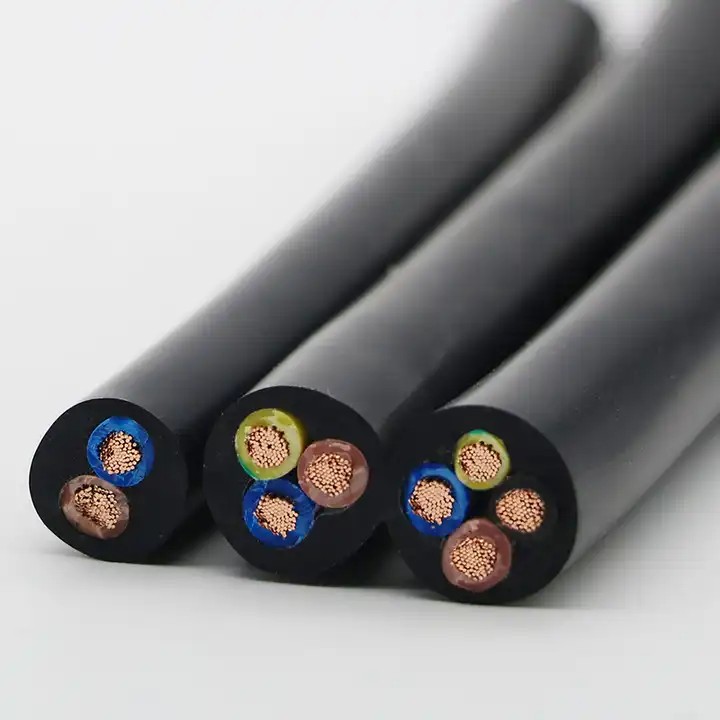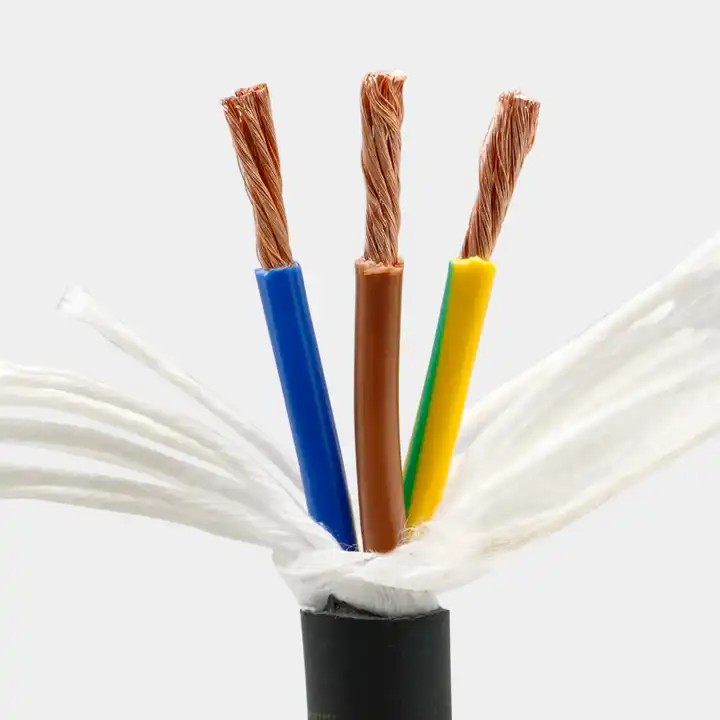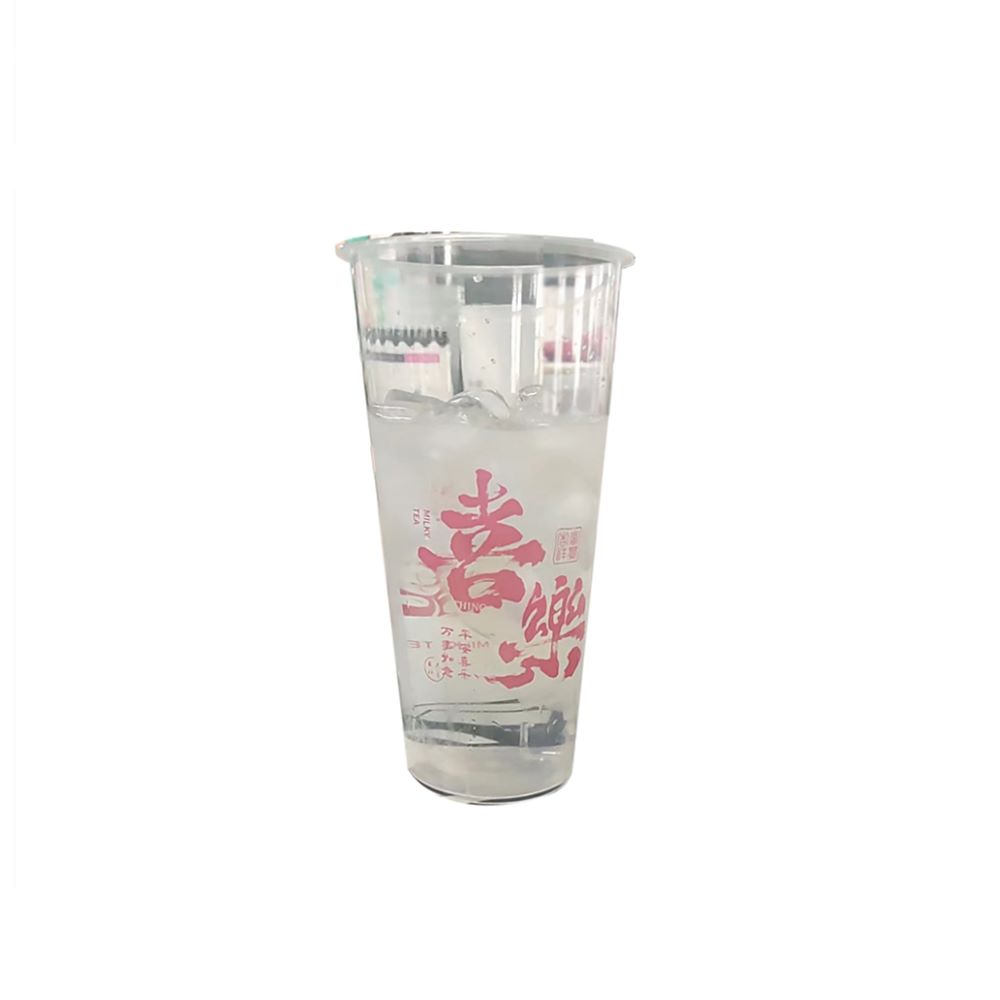1 IntroductionIn order to achieve the goal, purple laser Turn cocoon into butterfly, constantly polish product quality, improve business ability, and finally have a place in the market. https://highpowerlaser.shop/collections/frontpage
Laser beam synthesis has been proposed and widely studied and applied in order to overcome the challenges encountered in improving the performance of single laser beams. As early as the 60s of the 20th century, Mr. Liu Songhao [1″ target=_blank> pointed out in the article “The Development Status of Lasers”: “In terms of device structure, in order to increase the output energy of a single rod-shaped working substance, in addition to increasing the length and diameter of the rod and increasing the energy density of the excitation light source, a multi-light source excitation device can be used. In order to increase
With the addition of output energy, dozens or even hundreds of devices can be coupled to form a so-called light maser array. The use of a maser array not only has the potential to greatly increase the output energy of the device, but also reduces the divergence angle of the output beam
Few. This approach has the potential to be one of the ways to develop high-energy devices. “The results of the literature survey show that the research process of laser beam synthesis is almost synchronous with that of lasers [2” target=_blank>
。 As stated in Ref. [1″ target=_blank>, “The implementation of the light maser array is very difficult, and many complex scientific and technical problems must be solved.  ̄
Since the beginning of the 21st century, fiber laser has been fully developed. With the overlapping factors such as the modularization of fiber lasers, the superior performance of fiber devices, and the rapid development of information technology, important progress has been made in laser beam synthesis technology with fiber lasers as typical units [3-12″ target=_blank>, which has become a scientific frontier and key research direction in the field of lasers, and has been an important topic of international conferences such as Photonics West and Advanced Fiber Laser.
The domestic research results are also very fruitful, with scientific and technological journals successively publishing special albums [13-14″ target=_blank>, comprehensive academic conferences setting up special seminars [15″ target=_blank>, and beam synthesis gradually realizing the empowerment of laser systems [16″ target=_blank>. There are many types of lasers that can be synthesized and technical solutions for synthesis [17-23″ target=_blank>. Ref. [24″ target=_blank> provides a comprehensive analysis of the progress of laser beam synthesis from 2011 to 2020, covering all laser types. Ref. [25″ target=_blank> focuses on the progress of fiber laser coherent synthesis. In this paper, we comprehensively review the research progress of various synthesis technologies in recent years from multiple perspectives such as power synthesis, spectral synthesis, coherent synthesis and composite synthesis, analyze the development trend, summarize the research experience, and refine the latest trends, so as to provide reference for scientific research, teaching and application personnel in the field of fiber laser and beam synthesis.
2 Power synthesis
Power synthesis is the most common laser synthesis method [26″ target=_blank>, which can generally be divided into two categories: space power synthesis and all-fiber power synthesis. Among them, space synthesis generally refers to the control of the optical axis of each laser beam to make it pass
Free transmission or focusing and other methods to achieve spot coincidence at the target. Their common feature is that the beam quality is reduced while increasing the power [27″ target=_blank>. The pigtail coupled diode laser, which is commonly used in the development of fiber lasers, mostly adopts the method of spatial synthesis in its internal structure. For fiber lasers, most of the reports on spatial synthesis have focused on the development of high-power fiber laser systems [28″ target=_blank>. In recent years, there have been few reports on technology.
In contrast, all-fiber power synthesis has been a hot topic in laser synthesis in recent years, and its typical structure is shown in Figure 1 [29″ target=_blank>. As early as 2013, IPG Photonics reported that the world’s first 100 kW high-power fiber laser system was realized based on the power synthesis of 90 kW lasers, which was successfully applied to the field of laser processing [30″ target=_blank>. Soon after, a high-power fiber laser system in the 120 kW class was reported. The key to all-fiber power synthesis is the low-insertion-loss, high-power adaptive power combiner, which IPG Photonics’ homepage envisions for a 500 kW power output [31″ target=_blank>.
With the improvement of traction and power combiner performance required by applications, in recent years, several units have realized 100 kW fiber laser systems based on all-fiber power synthesis. In 2021, the University of South China and Ruike Gong
The company reported the first 100 kW fiber laser system in China [32-33″ target=_blank>; In 2024, Kaplin, Han’s, and Chuangxin have successively reported high-power fiber laser systems ranging from 150 kW to 200 kW [29,34-36″ target=_blank>. As long as the power beam combiner has sufficient “brightness redundancy” (i.e., the product of the diameter of the output pigtail and the numerical aperture is greater than the sum of the diameter and numerical aperture of all input fibers), then there is great potential to achieve low insertion loss and high power acceptance. Of course, the product of the diameter of the output pigtail and the numerical aperture also determines the beam quality of the output laser, which determines the application scenario and application effect.
In addition to continuing to increase the output power, there are three trends worth paying attention to in the power synthesis of all-fiber structures. The first is the development of ultra-high power fiber laser systems of 100 kW (or more) based on all-fiber power synthesis, which not only drives technological progress in the direction of laser devices and laser technology, but also promotes the development of advanced optoelectronic measurement [37″ target=_blank>. For example, the 150 kW fiber laser system reported in Ref. [35″ target=_blank> has been criticized by researchers because the output power exceeds the range of common calorimetry-based laser power meters
The innovative use of optical pressure-based power measurement methods [38″ target=_blank> provides a solution for direct measurement of higher power lasers. The second is the quality (brightness) of the laser beam synthesized by power. As mentioned above, if the product of the diameter of the output pigtail and the numerical aperture is large enough, then ultra-high power output can be achieved
But the quality of the output laser beam will deteriorate. The author has noticed that in 2009, IPG Photonics announced a project to achieve an output power of more than 50 kW and a beam quality of M2 through multi-laser all-fiber power synthesis (e.g., phase control [25″ target=_blank>) are possible.To further improve the beam quality of the system output, for example, Ref. [40″ target=_blank> has achieved a highly stable near-single-mode 10,000-watt laser output, and the mode control based on photonic lanterns [41″ target=_blank>, which has attracted much attention in recent years, is essentially in this category.






